Undergraduate students attending College of Charleston often enjoy on-campus life for their freshman year, which can smooth the transition from high school to living as a young adult in an urban environment.
However many students opt to secure off-campus housing, and with many options across the boroughs of the peninsula, students can explore the rich experience of living in a historic coastal southern city.
Undergrads now have many more options for off-campus student housing than in the past – from historic homes renovated with undergrads in mind, to newer and even luxury apartments.
In addition, the parents of students often take this opportunity to invest in the Charleston real estate market, purchasing a property for their undergrad while renting out additional bedrooms to fellow students.
These property owners will often retain the property for years after their student’s graduation as a lucrative income-producing investment.

Student Housing in Historic Boroughs
A traditional rite of passage of College of Charleston students includes moving from freshman dorms to a multi-bedroom home in one of the boroughs near campus. Typically these homes are found in Harleston Village, Radcliffeborough, and Cannonborough, as these neighborhoods are adjacent to campus and easily walkable and bikeable.
Most of the homes you’ll find that are set up for undergrad student housing will be Charleston Single House design, or a newer build that integrates into the city’s historic architecture. Typically homes are three or four bedrooms – one can expect a rental rate around $900-1100 per bedroom. Other housing styles include less historic apartment-style buildings in various arrangements.

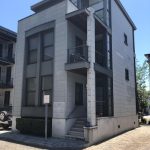
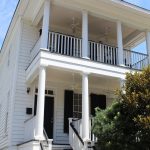
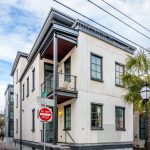
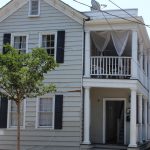

Farther up the peninsula are two other boroughs that have seen a steady influx of homes designed for undergrad student housing: Wraggborough and Eastside. On the Eastside especially, the past few years have seen many renovations of dilapidated homes into quite nice rentals, and even a number of new construction homes that integrate into the architectural character of the neighborhood.
These two boroughs are a little further away from campus, and while still bikeable, the transit to campus involves a route that is more traveled by vehicular traffic.

Urban Flats for Students
For undergrads seeking a truly urban-historic experience in Charleston, many consider off-campus student housing in the center of everything – a flat above the shops of King Street or its side streets. These are historic buildings from the 1850s to the early 1900s, and you’ve likely shopped or dined on the street level of many of these buildings. Many have had their upper second and third floors converted to residential use – some better than others. Note that each of these is going to have a sort of condominium association that covers building insurance and maintenance and such, and also know that a few of these associations do not permit undergraduate students.
A recent trend we’ve seen in Charleston presents as a number of higher-end contemporary apartment developments. Situated a bit farther up the peninsula mostly along Meeting Street, these complexes appeal to students looking for amenities such as on-site pools, secured parking, and generally more modern living. Currently the selection of these off-campus apartments that are either exclusively or inclusively used as student housing include 930 NoMo, 400 Meeting, Summit Place, SkyGarden, Hoffler Place, The Guild, and Elan Midtown.
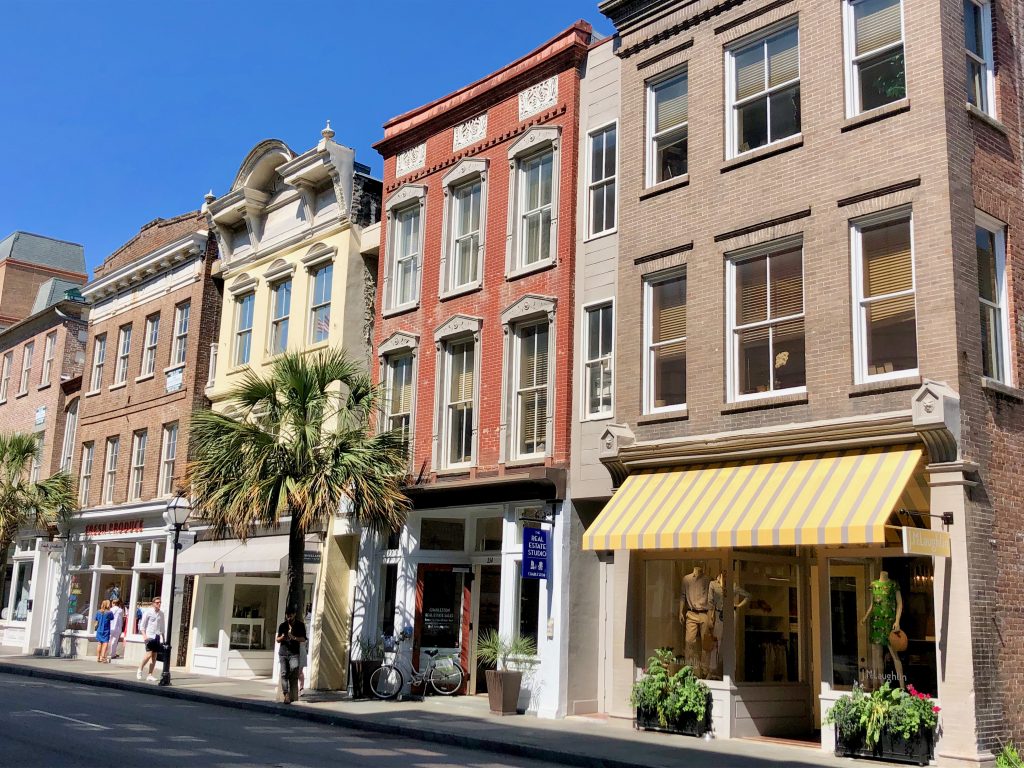

PRO TIP: the rental market on the Charleston peninsula can be cutthroat – start looking for your August rental during the December winter break!
Purchasing Real Estate for Students
Many College of Charleston parents find themselves in a position of simultaneous pain and opportunity: the rental costs for students in downtown Charleston can be burdensome, however Charleston has historically proven to be a very lucrative market for increasing real estate values, particularly in areas that cater to student housing rentals.
For those parents that find themselves in a position with enough capital and leverage to make an investment, this can be a win-win. Purchase a home with a student-friendly arrangement well before the school year begins, and you may be pleased to find that your student housing costs are largely covered by your kid’s roommates. After graduation day, many parents hang on to the home for themselves (after a substantial renovation once the undergrads move out), or they keep the property for ongoing student rental income. When it’s time divest, selling the property is seldom a problem.
